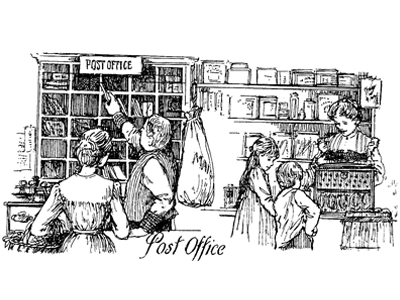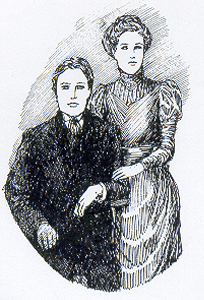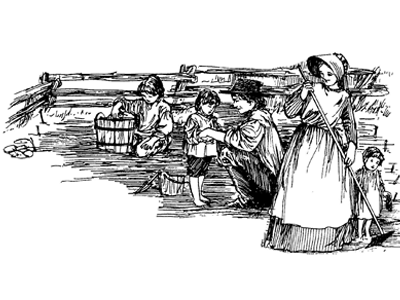By Karis Regamey
I always find the start of a New Year exciting. It’s a time
to reflect on all the good things that happened the previous year but also to
acknowledge all the things that you hoped would happen, but didn’t. It’s a time
to build off of the “things that didn’t” and plan ahead to make those things a
reality in the year to come. It can naturally be considered a fresh start
following a year that didn’t go as planned.
I, for one, start out a new year making a mental list of the
things I want to accomplish and the places I want to go in the year to come. I still
often come to the end of the year and think “well, I sure didn’t do everything
I had hoped”. Nevertheless, there are always things that I never thought would
have been possible on the list of accomplishments at year end and it’s in those
things that the majority of the excitement for the New Year lies.
Here at Lang Pioneer Village Museum, we aren’t that much
different! As the year comes to a close and a new one dawns, we have taken a
look back at 2014 and analyzed what worked and didn’t work and are planning for
an even better year in 2015 than the one we just had. We have shaken up our
programming once again to keep it new and exciting but also to bring back some
beloved favourites. In 2015, we will continue our increased daily programming
throughout the summer with themes like power & equipment, transportation,
pop culture, textiles and the harvest season. We will also see the return of
the Father’s Day Smoke & Steam Show, the Antique & Classic Car Show,
the Festival of Textiles, Applefest, Historic All Hallows’ Eve and Christmas by
Candlelight. For those that enjoy the serenity and mystery of the Village in
the evening, we will once again have our evening Historic Walks of Lang and new
this season, Historic Literary Walks of Lang which focus on the stories of local
writers and how their histories have influenced the interpretations within the
Village.
Our blog has also taken on a fresh image for the New Year
and it is our goal to provide more frequent entries that provide interesting
tidbits and a behind-the-scenes glimpse at the Museum.
We hope you will take a look at what we have planned for
2015 and that we see you in the very near future! Our 2015 programming schedule
can be found at http://www.langpioneervillage.ca/whats-happening/daily-programming/.
Go ahead and make that “wish list” for 2015 and see just how
much you can make a reality in the year to come! Happy New Year!







































